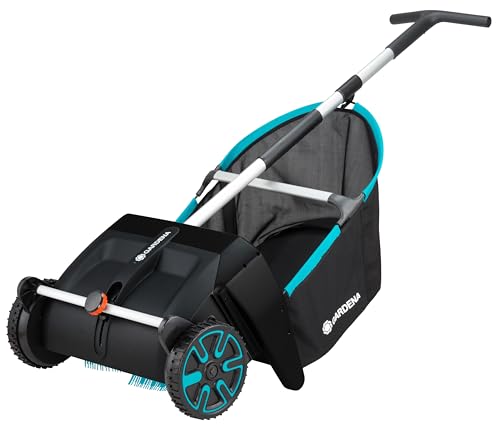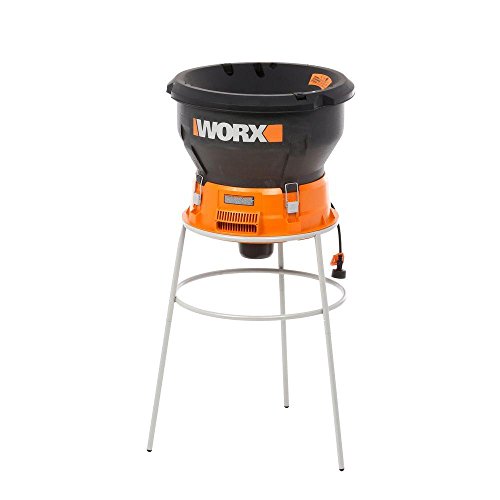Is collecting fallen leaves always essential? Discover where never to leave them, and the places in the yard where it's safe to do so
Should they stay or should they go? We advise, and highlight the best leaf-collecting tools for the job
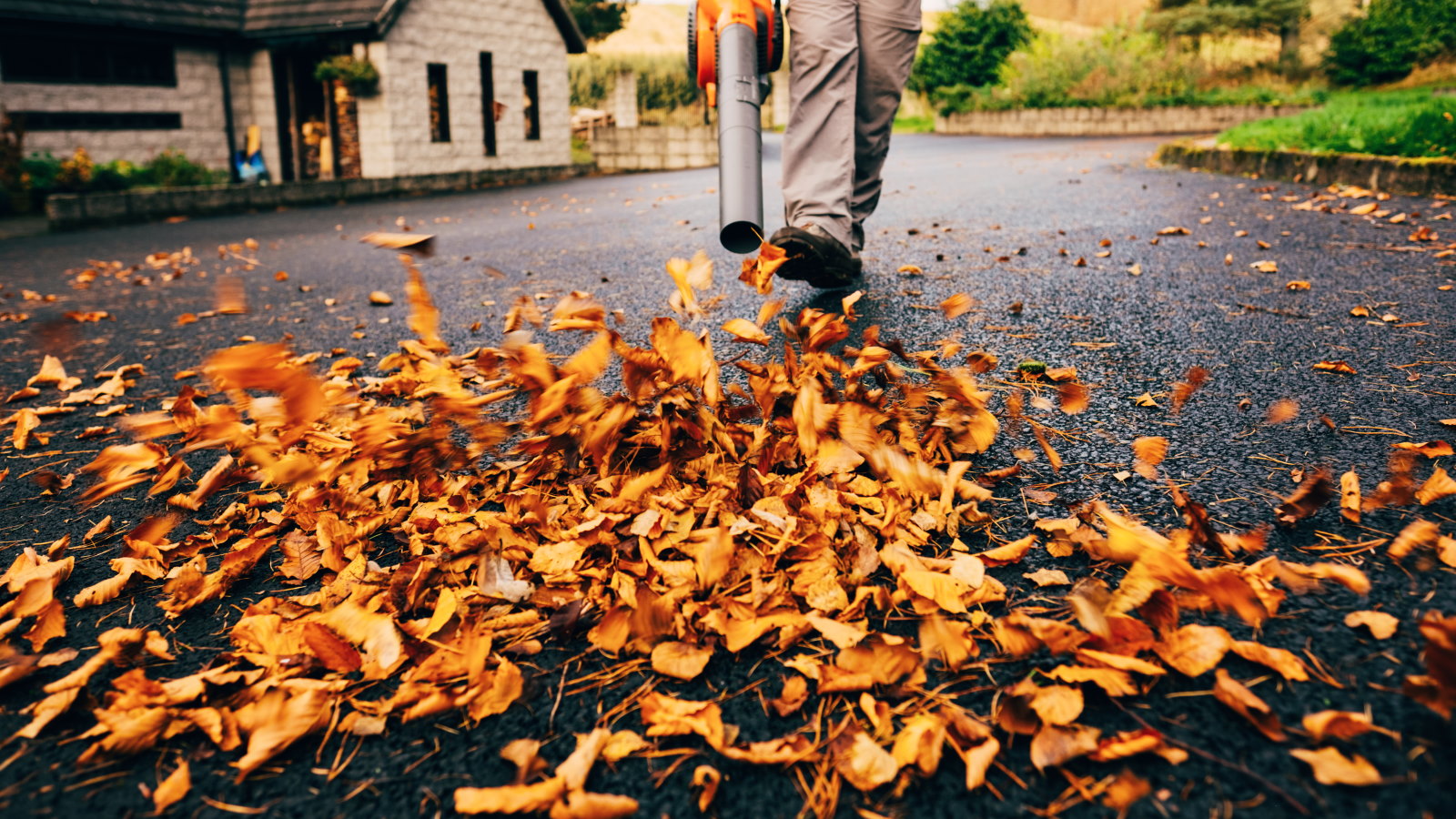

Many homeowners diligently start collecting leaves when they drop from the trees in the fall - but is it always necessary to remove them completely from all parts of a backyard?
The answer is no. While there are definite benefits to using various methods to get rid of leaves from certain areas, you can still have a healthy backyard by reducing the workload and leaving some fallen leaves in other areas.
I worked as a professional gardener in some large and historic public gardens in the UK and large-scale leaf collecting took place throughout fall. This was to spruce up the garden and for safety reasons, though a real benefit was creating rich leaf mold from the collected leaves.

The time for collecting leaves - to clear or keep?
Leaving fallen leaves can contribute to soil health, provide habitat for wildlife, and save time and energy. However, there are some situations where collecting leaves is always recommended for the health of plants or the safety of people.
Always remove leaves off lawns for healthy grass
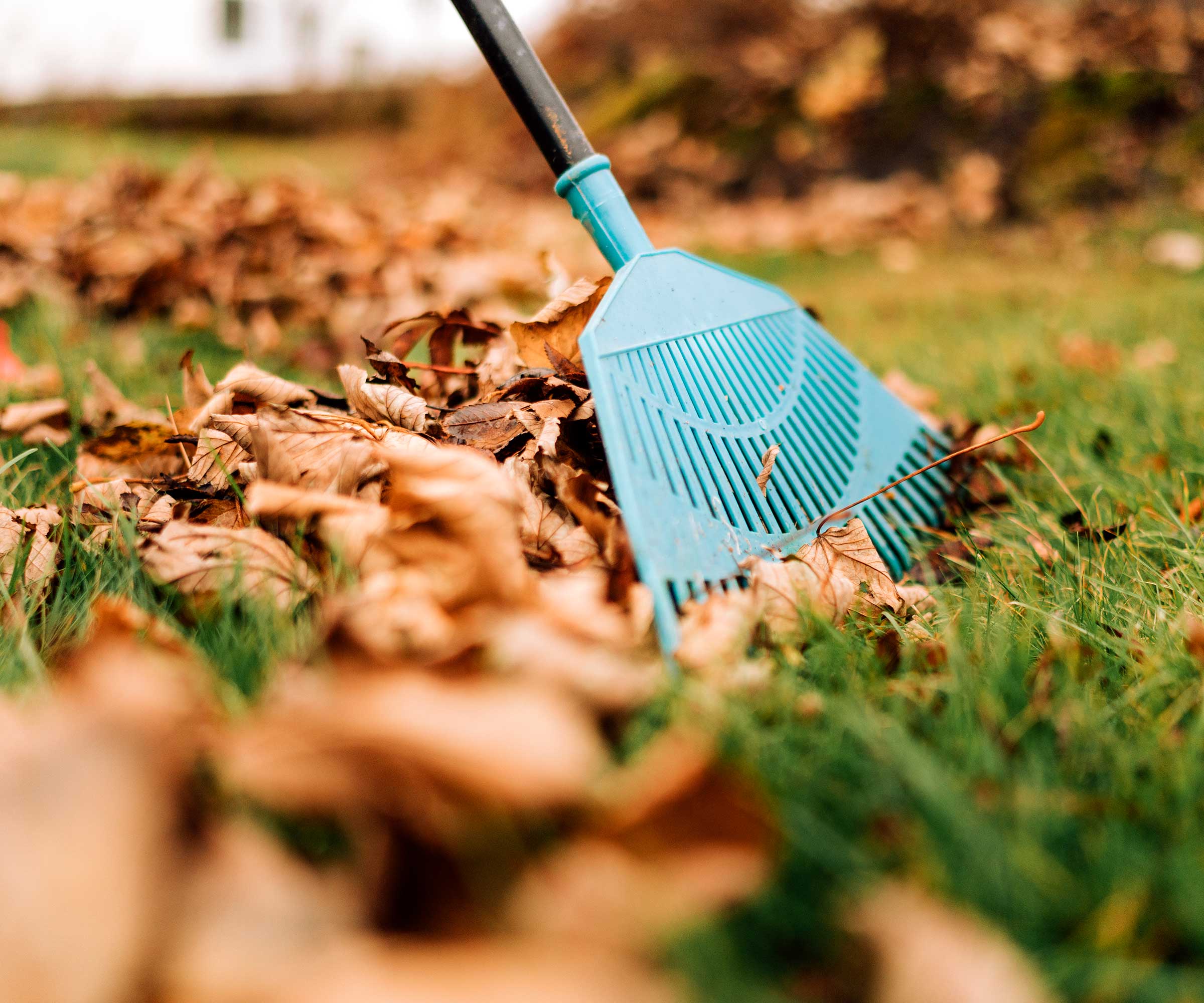
As part of a fall lawn care regime, collecting leaves that fall on grass helps to keep a lawn healthy throughout winter. The leaves can smother the grass, blocking sunlight from reaching the surface and killing the grass beneath them. This leaves dead spots and bare patches in the grass. In addition, a layer of leaves can also promote moss problems and increase the risk of turf diseases over winter, such as snow mold.
To remove leaves off a lawn you can do it the old-fashioned way with a garden rake, such as this rake for leaves available at Amazon, or take advantage of more modern equipment such as a leaf vacuum or leaf sweeper to get the job done.
Remove leaves off hard landscaping for safety

Collecting leaves off paths and driveways should be considered an essential part of any fall gardening checklist. Fallen leaves can become very slippery, especially when wet, and pose a serious slip hazard if left on hard surfaces over fall and winter.
Design expertise in your inbox – from inspiring decorating ideas and beautiful celebrity homes to practical gardening advice and shopping round-ups.
This can either be done with a broom or rake, or mechanical garden tools such as a leaf blower or vacuum will effectively remove leaves from hard surfaces and keep you and your family safe over the winter.
Remove diseased leaves to protect plants

Fallen leaves may harbor pests and disease and leaving diseased plant material can spread the issue to more plants around the yard. It means being diligent about which leaves you potentially leave and which are collected.
Susan Poizner, fruit tree expert and founder of Orchard People, warns: ‘Fallen leaves can be a good source of nutrients - but only if they’re healthy. If they are diseased or infested with pests, you’re giving those pests and disease spores a cosy place to overwinter.
‘In the spring, these pathogens and pests will multiply and return with a vengeance.’
Any leaves showing signs of disease should be collected and disposed of. Do not use them to make compost as the pathogens can overwinter there too.

Susan is an urban orchard-ist, ISA Certified Arborist, and the author of two fruit tree care books, Growing Urban Orchards, available at Amazon and Grow Fruit Trees Fast, also available at Amazon. She is the creator of the award-winning fruit tree care training website Orchard People and trains global fruit tree growers through her online courses
However, leaves can be left on borders
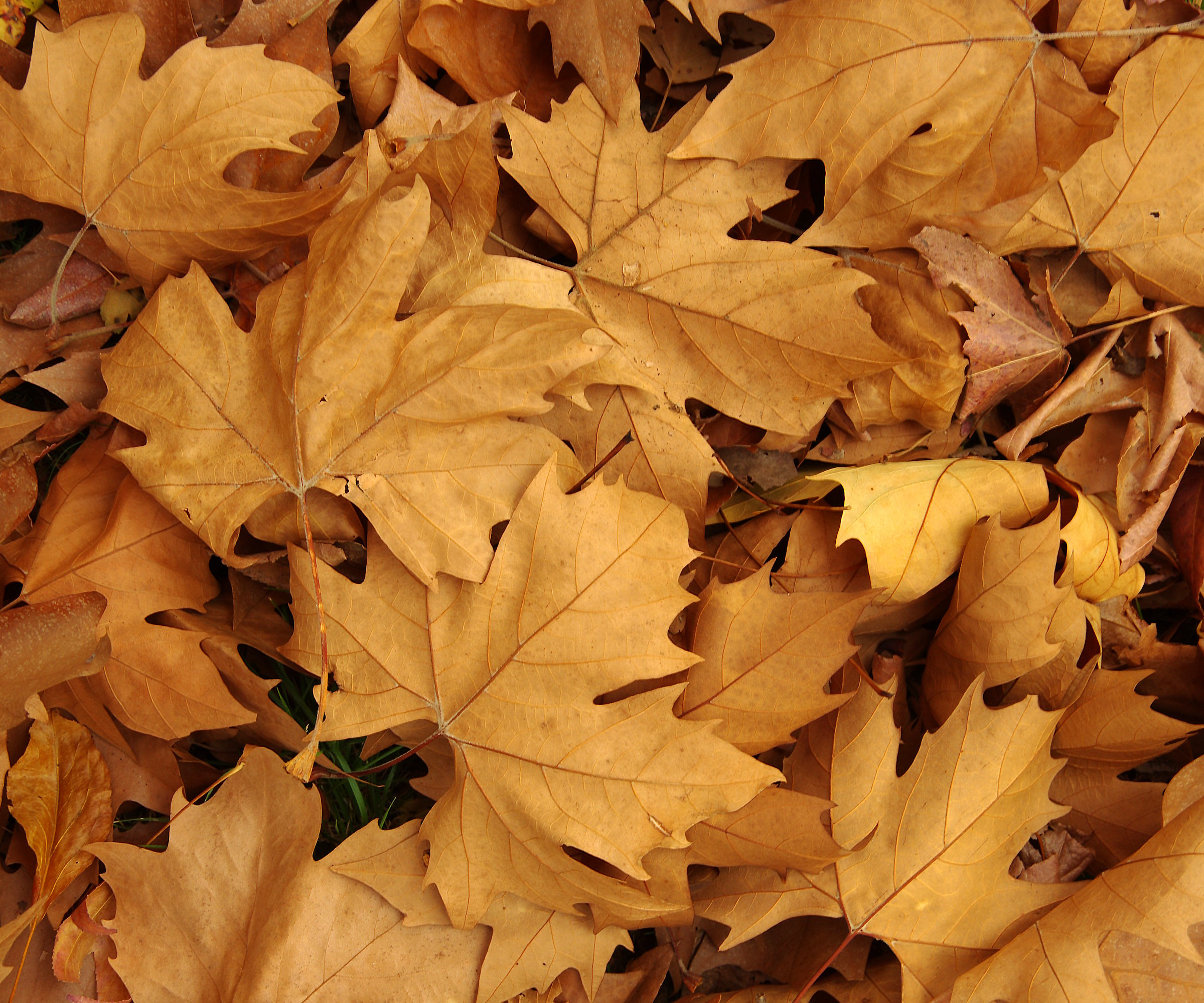
You do not have to diligently remove fallen leaves in flower beds or around the base of trees and shrubs. They can benefit plant health and provide shelter for wildlife, such as lady beetles and ground beetles, during winter.
‘When the leaves decay, they help to enrich the earth making it a self-regulatory gradual mulch of sorts,’ says Mathew Wilson, horticulturist and CEO of Handy Gardeners. ‘This type of soil sustains specialist fungi and microbes that contribute to biological well-being.’
Using dead leaves in the garden as mulch helps to regulate the soil temperature and retain moisture in the ground. They also release nitrogen into the soil as they decompose. A healthy layer of leaves for beneficial mulching should be around 2-3 inches thick.
If you wonder what to do with fallen leaves from elsewhere in the garden, they can also be added as mulches to either flower beds or vegetable gardens. It is best to shred these leaves before adding them, as Mathew Wilson explains: ‘Shredded leaves break down faster, adding nutrients quickly while also improving soil structure.’
Either run over the leaves with a lawn mower or use a leaf mulcher to shred the leaves.

Matthew Wilson, CEO of Handy Gardeners, leads the company with a passion for landscaping and environmental sustainability. Under his guidance, Handy Gardeners has become a trusted name in the industry, providing top-notch gardening and landscaping services.
FAQs
Is it better to pick up leaves wet or dry?
It is advantageous to pick leaves up dry, as the leaves get heavier and more testing to collect when they get wet. Raking and collecting wet leaves can be a struggle, it is far easier to gather dry leaves.
Is it okay to pile leaves around a tree?
It is not recommended to pile leaves around a tree. You can mulch a circle a few inches thick around a tree to protect its roots and provide nutrients as they break down, however, piling leaves around the trunk can cause rot due to amount of moisture contained within the leaf pile.
As leaves drop in fall, thoughts across the country will turn to collecting leaves. The most popular options are to use a rake or a leaf blower. If you are deciding between a leaf blower or rake, it may depend on the size you are clearing.
Leaf blowers are great for clearing large areas, but are loud and more expensive. Rakes are cheaper and better for the environment, but harder work - so usually best only for smaller areas.

Drew has worked as a writer since 2008 and was also a professional gardener for many years. As a trained horticulturist, he worked in prestigious historic gardens, including Hanbury Hall and the world-famous Hidcote Manor Garden. He also spent time as a specialist kitchen gardener at Soho Farmhouse and Netherby Hall, where he grew vegetables, fruit, herbs, and cut flowers for restaurants. Drew has written for numerous print and online publications and is an allotment holder and garden blogger. He is shortlisted for the Digital Gardening Writer of the Year at the 2025 Garden Media Guild Awards.
